Home Energy Adventure
Learn how energy efficient you are and how you can improve your home's efficiency to save money on electricity costs.
Explore SavingsTips & Tools to reduce energy use at home to save money or lower your carbon footprint.
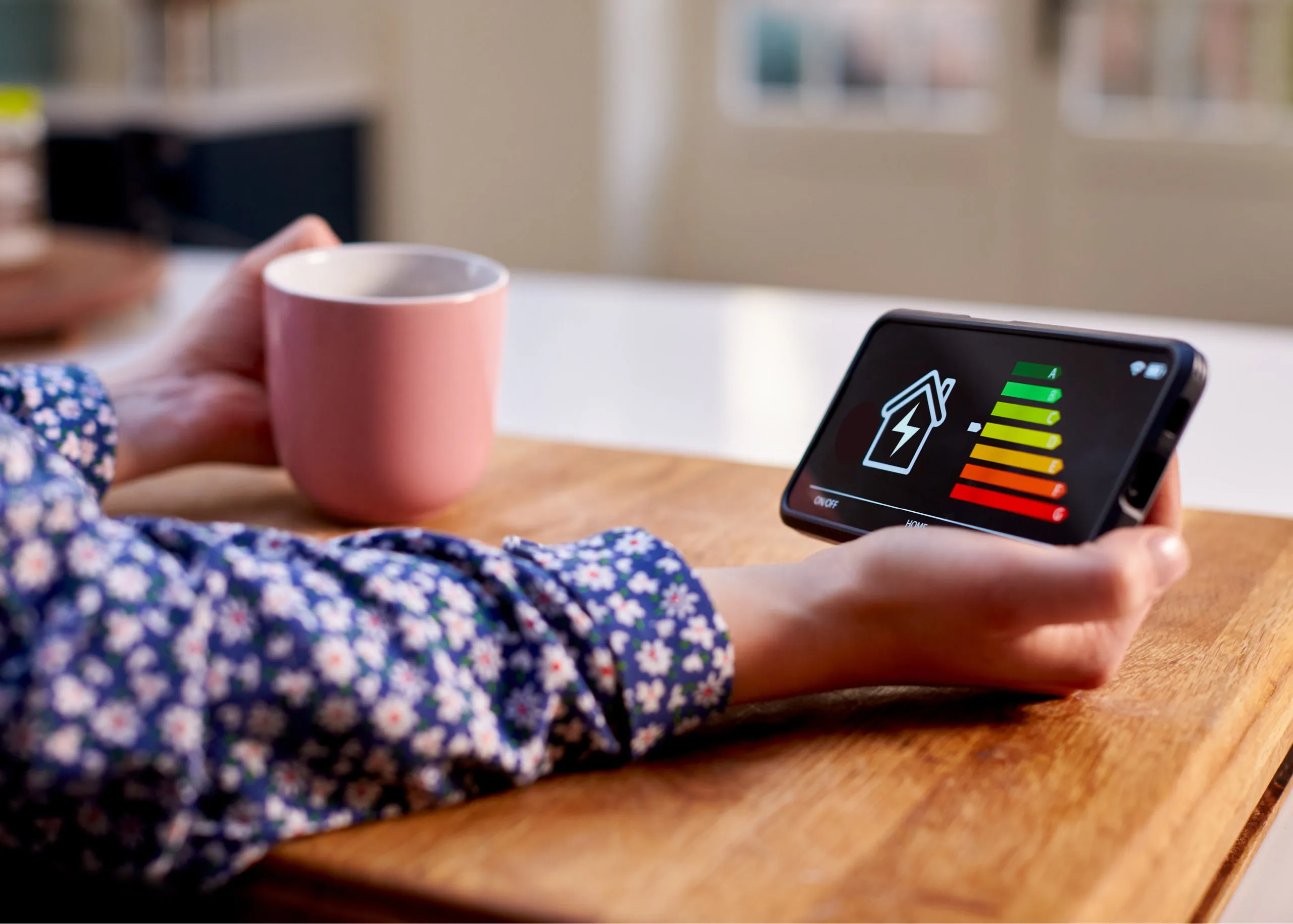
Simply put, energy efficiency means using less energy to get the same job done – and in the process, cutting your energy bill and reducing pollution.
As your local electric cooperative and trusted energy partner, we’re here to give you the tools, tips, and programs so you can use your energy smarter, more efficiently, and less expensively.
If you’re ready to reduce your energy use and start saving on your electricity costs, find helpful tips and resources here.
Heating and cooling your home and water are some of the largest household energy expenses – accounting for up to 60% of total energy use.
Around 15% of your monthly energy costs can come from lighting.
Look for ways to save in every room of your house.
These tools and services help you do even more when it comes to being energy efficient in your home.

Learn how energy efficient you are and how you can improve your home's efficiency to save money on electricity costs.
Explore Savings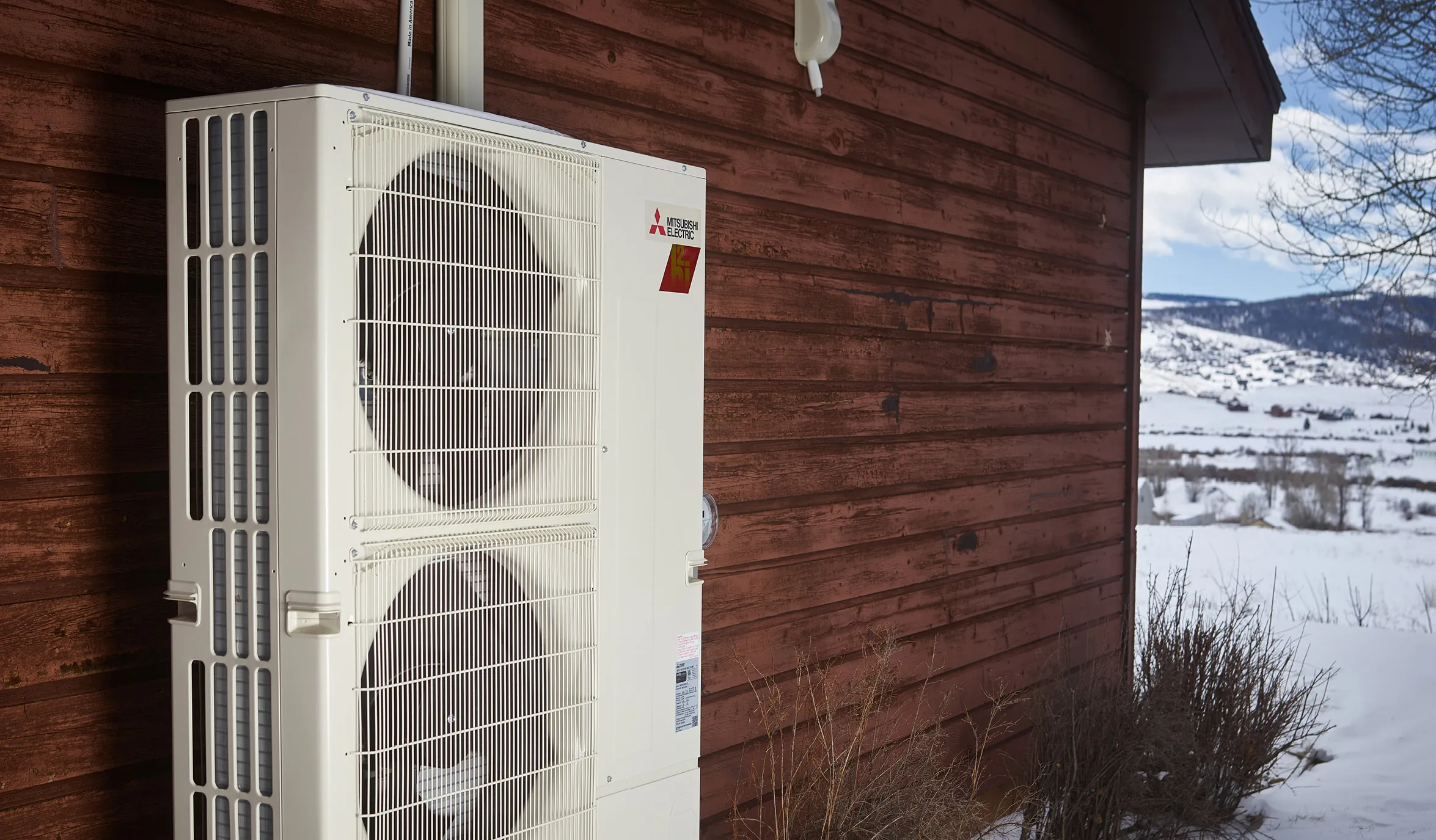
Access our numerous rebates to help offset the cost of purchasing electric products and appliances.
Click Here
Find energy efficiency tips, stories, and more useful information in our online blogs and articles.
Search Blogs & News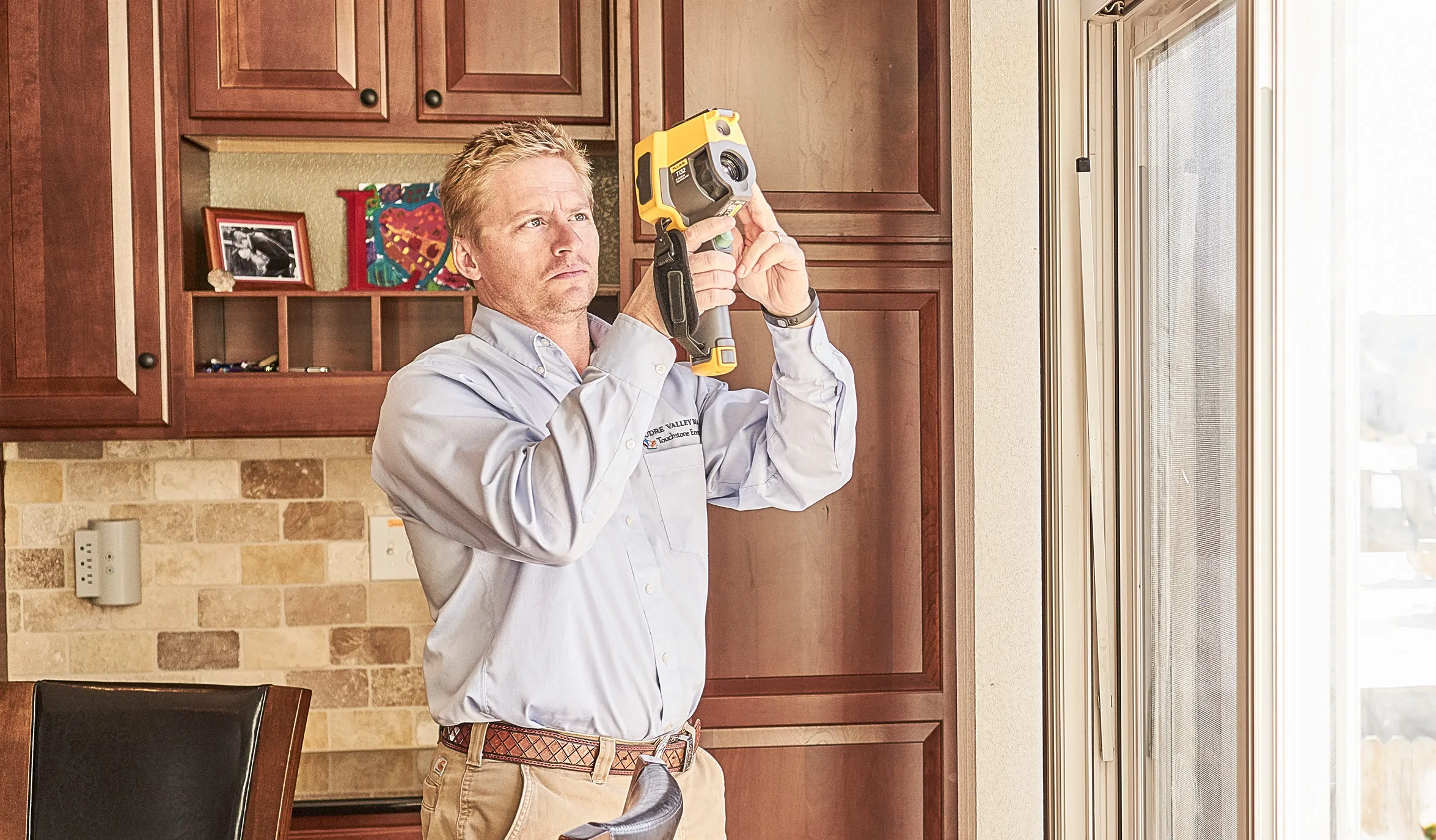
Talk to our energy experts to learn how you can be energy efficient in your home.
Contact Us
Find more energy saving content online through our trusted cooperative partners.
Visit Touchstone Energy Cooperatives Website
With our mobile app, the power is in the palm of your hand!
Understand your past and present energy use, compare it to the weather, and use many other tools to learn how your electrical consumption affects your monthly bill.
Sign up to get alerted when your energy use is higher than normal, as well as other account notifications.
Mobile App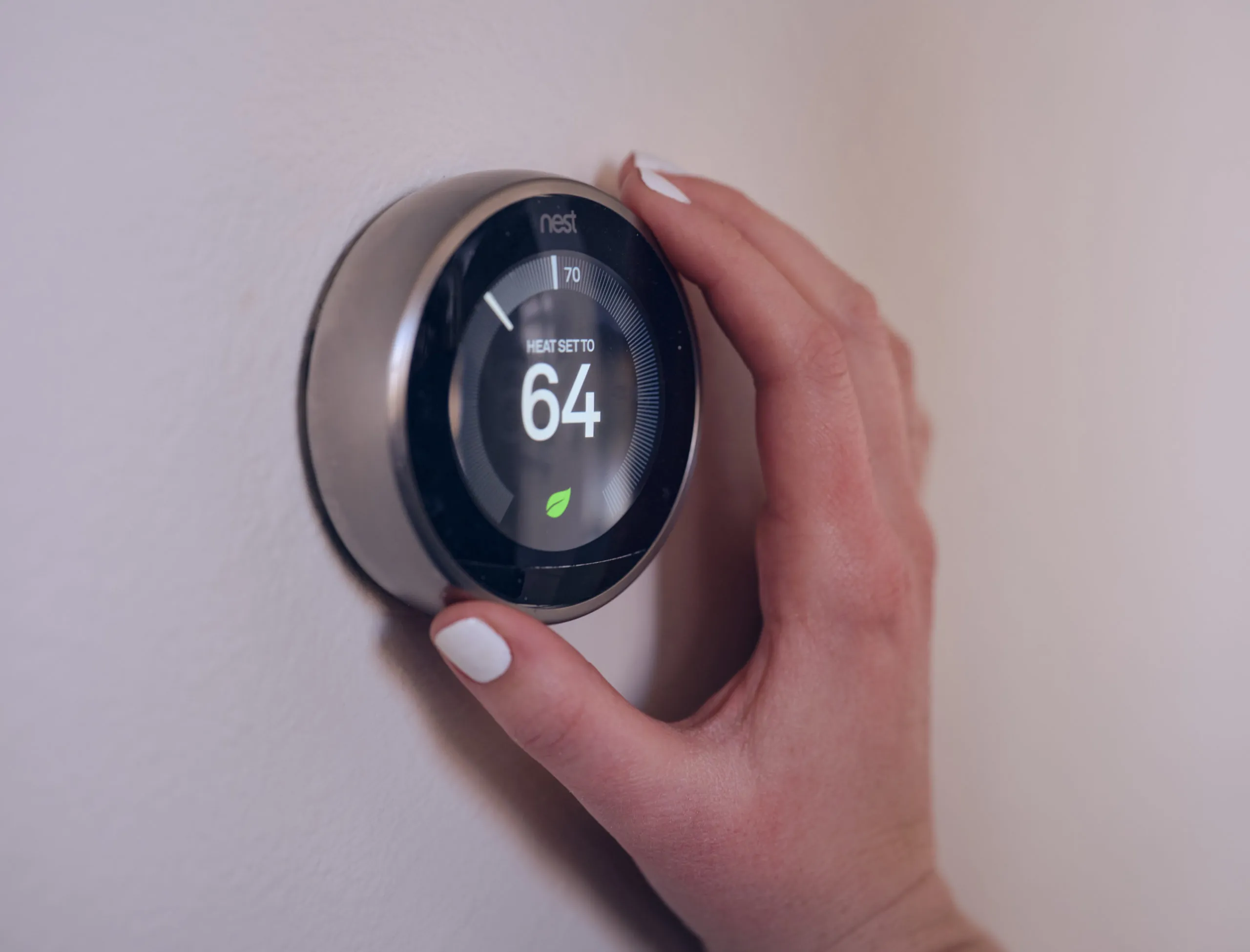
Smart thermostats give you easy automation to efficiently control your home’s heating and cooling. They can help you save around 5% of energy needed to heat and cool your home. And you can control them from anywhere, even while you’re away.
If you have central air, consider enrolling in Power Peak Rewards to join your fellow co-op members who help us reduce energy demand during the summer months. Perks include a $50 sign-up bill credit and an annual $30 participation reward.
Members on a time-of-use rate can program their smart thermostat to use energy at off-peak, low-cost energy times.
Rebates for Purchasing New Smart Thermostats Click to Join Power Peak Rewards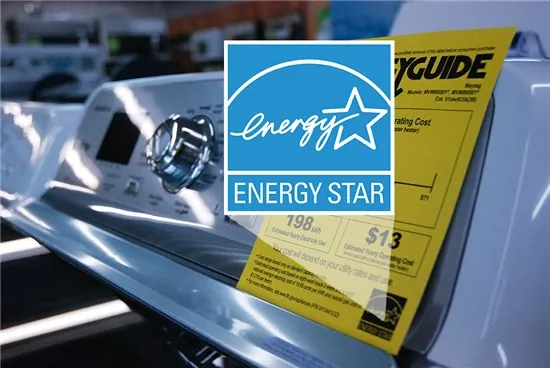
Look for the ENERGY STAR logo on your appliance or in the paperwork.
Access a complete list of the latest ENERGY STAR appliances here.
Find Products